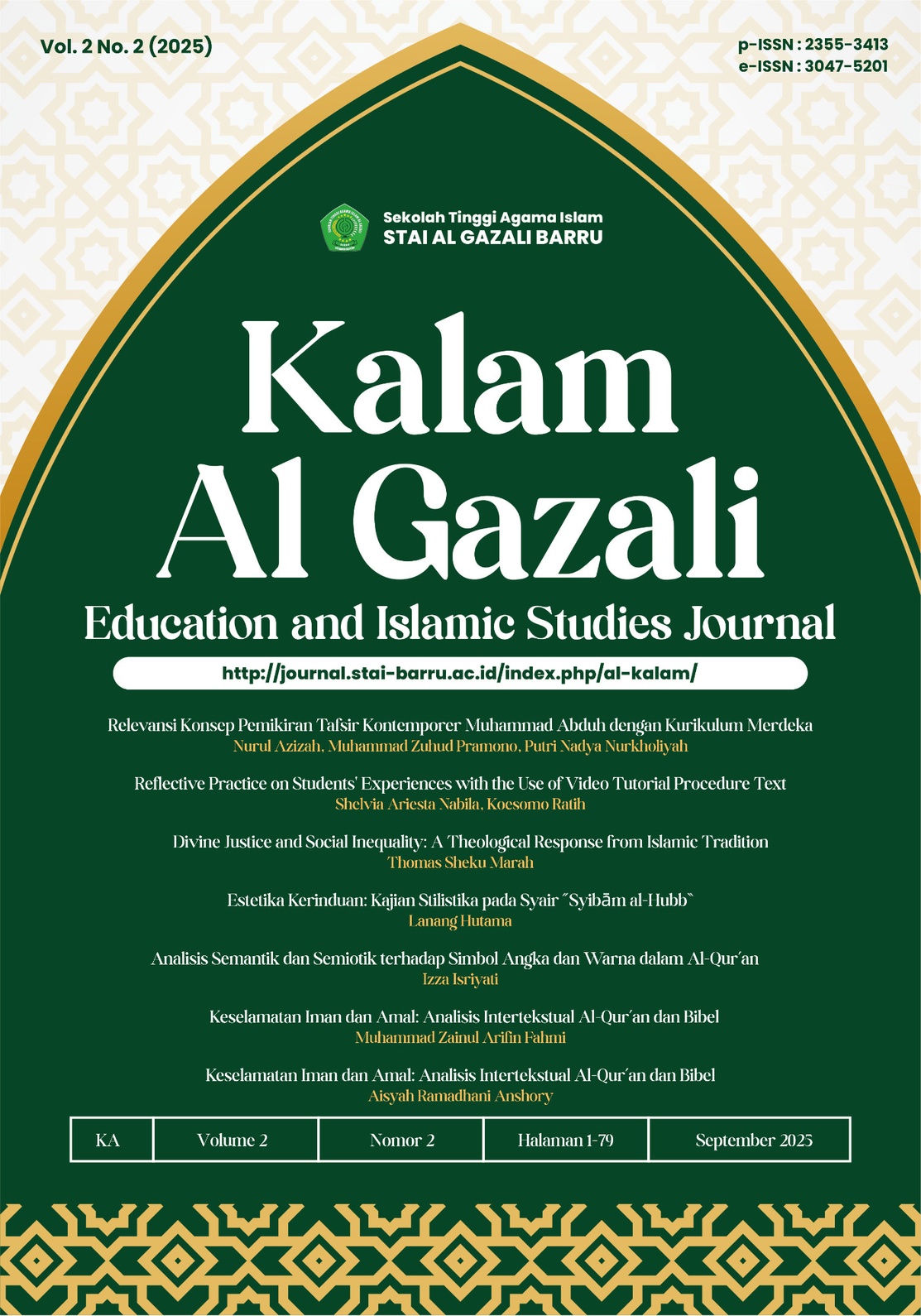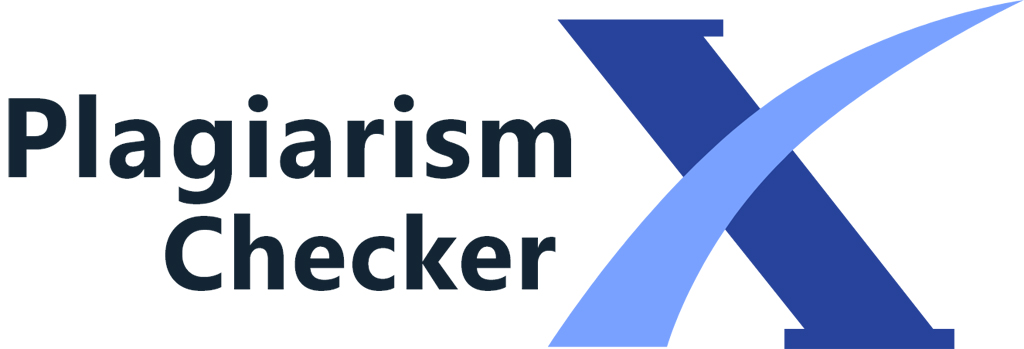Reflective Practice on Students' Experiences with the Use of Video Tutorial Procedure Text
DOI:
https://doi.org/10.20241/n8vkq423Abstract
Reflective practice by involving students' experience in learning English using video tutorials with procedure text material helps teachers implement technology-based learning. Through reflective practice analysis, this article aims to explore and analyze students' reflective experiences when using video tutorials as learning media in writing procedure texts. In addition, this article will also discuss the effectiveness and engagement of students when learning using technology through video tutorials compared to conventional methods. As well as discussing the challenges faced and solutions when technology-based learning. This research uses a qualitative approach to understand students' experiences in using video tutorials to learn how to write procedure texts. The data used came from classroom observations, student interviews, and filling in google form. Student interviews were taken using voice recordings from cell phones. The analysis method consists of two main steps. First, analyze the completeness of the procedure test structure such as goals, ingredients/tools, and steps. The analysis was carried out using a score table to determine the value of each student who was complete and who was not. Second, the analysis of students' experience was carried out by taking a sample of student voices using the technique through filling out the gform, then the link was given to the teacher and distributed in the class grub through the English subject teacher. Then students fill out the gform questionnaire individually.
Downloads
References
Achmad Munib (2004) Introduction to Education Science. Semarang: UPT MKK UNNES
Arsyad, A. (2016). Learning Media. Jakarta: Raja Grafindo PersadaB. DePorter and M. Hernacki, “Quantum Learning: Making Learning Comfortable and Fun,” (translation Alwiyah Abdurrahman). Bandung: Kaifa (Original book published in 1992. New York: Dell Publishing). 2002.
Frey, C. B., Garlick, R., Friedlander, G., Mcdonald, G., Wilkie, M., & Lai, A. (2016). Technology at Work v2.0 (Issue January).
Gerot, Linda and Peter Wignell. 1995. Making Sense of Functional Grammar. Australia: Antipodean Educational Enterprises (AEE).
Government of Western Australia. 2011. Information and Communications Technology Strategic Framework. Australia: Department of Local Government.
Hidayatullah, F. B. C. R. S. H. (2015). The Effect of Jigsaw Learning Type Cooperative Model and Emotional Intelligence on Learning Outcomes. JTPPm (Journal of Educational and Learning Technology), 2(2).
Hujair AH. Sanaky (2009) Learning Media. Yogyakarta: Safiria Insania Press.
Mahsun. (2014). Text in Indonesian Language Learning Curriculum 2013. Jakarta: Raja Grafindo Persada.
Majid, A. (2011). Learning Planning. Bandung: Teenage Workshop.
Majid, Abdul. (2015). Learning Planning. Bandung: PT. Remaja Rosdakarya.
M. Masela and A. S. Subekti, “Auditory and kinaesthetic learning styles and L2 achievement: A correlational study. Englisia,” Journal of Language, Education, and Humanities, vol. 8, no. 2, pp. 41-53, 2021. [Online] Available: 10.22373/ej. v8i2.7529. [Accessed: 2021].
Rusmini. (2018). The Writing Ability of Procedural Texts of Students in Grade VII of Pangkep High School. (http:unnes.ac.id) Accessed January 29, 2019.
Sahkholid Nasution. Conventional (2012). Methods and Unconventional in Arabic Language Learning. Didaktika, 12(2).
Schwab, K. (2013). Shaping the fourth industrial revolution. In Journal of Petrology. https://doi.org/10.1017/CBO97811074153 24.004









